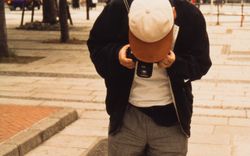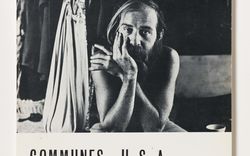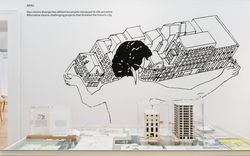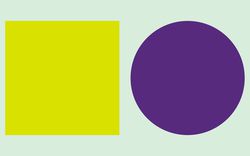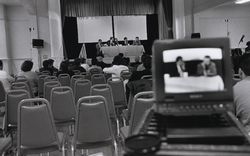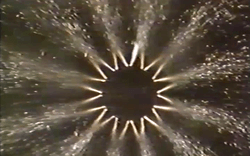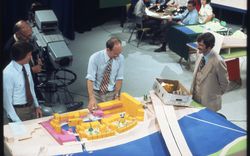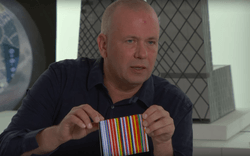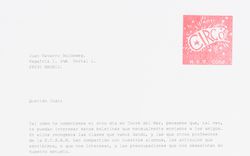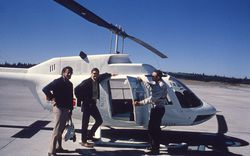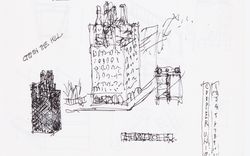First report from Tokyo
Terunobu Fujimori and Takeyoshi Hori come back from a long walk
The Architectural Detective Agency was founded in 1974 by architect-historians Terunobu Fujimori and Takeyoshi Hori while they were graduate students in Tokyo, Japan. They undertook field research to document structures that were disappearing or that had been excluded from official Japanese architectural history. The detectives walked with cameras and sketchbooks, taking stock of unnoticed or abandoned early-modern buildings in the city.
When buildings were threatened with demolition, the detectives mobilized to produce complete sets of photographic and drawn documentation, often interviewing surviving architects and collecting as much reference and archival material as possible. Working with students of the Muramatsu Lab at Tokyo University, the detectives inadvertently produced the first and most complete inventory of modern buildings constructed in Japan since the Meiji period: The Complete Inventory of Japanese Modern Buildings, published in 1983.
In 1986, Fujimori and artist Genpei Akasegawa formed the ROJO Society (the roadway observation and study society). This expanded the detectives’ activities from buildings to include all aspects of the street, from signage to sewers.
